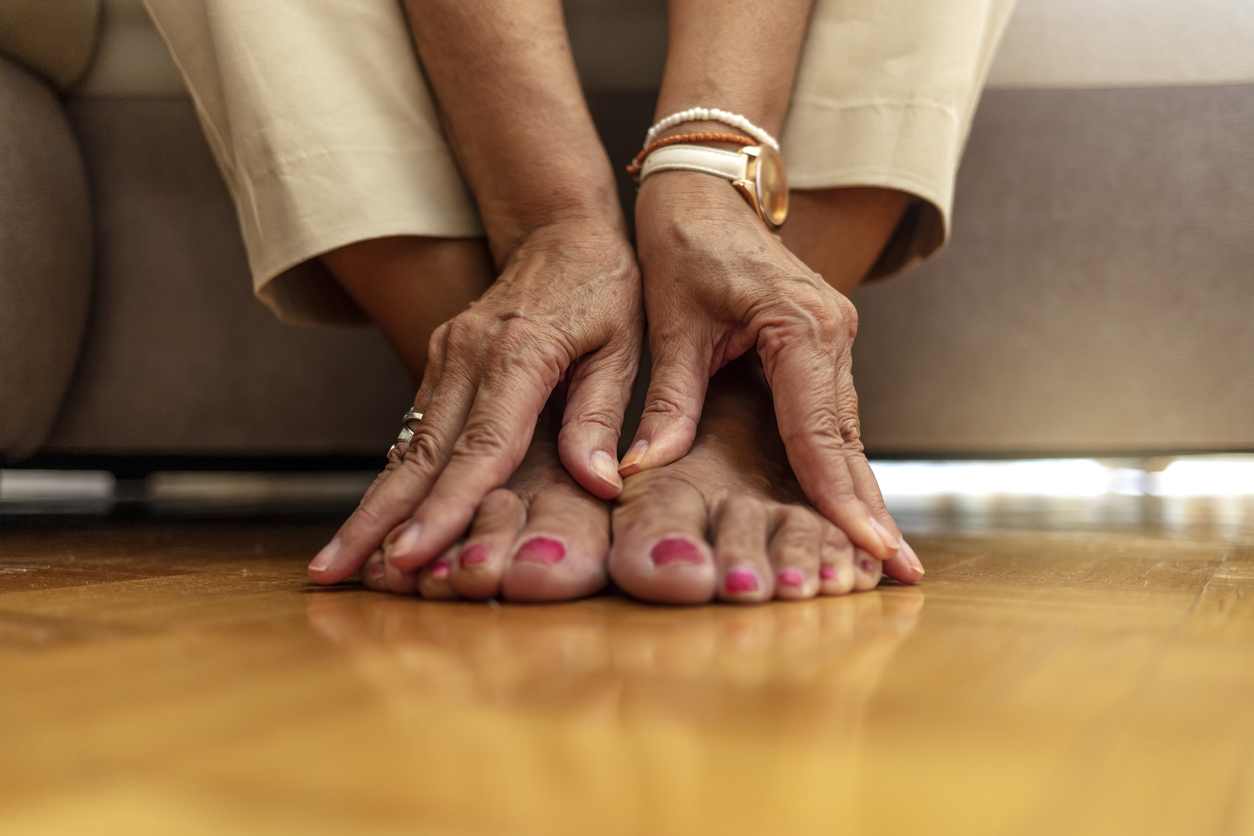
While we may not realize it, a person’s feet are just as unique as their hands or any other part of their body. Every individual’s feet will have characteristics that set them apart from others. Flat feet are often wider than normal, making one’s footprint resemble a pancake.
In healthy feet, there is a small arch in the midsection between the heel and the ball. In cases where the arch is overly shallow or nonexistent, the condition is known as flat feet. While this condition isn’t necessarily painful, it can cause pain in the feet and lead to issues in other areas of the body, such as the ankles, knees, hips, and back.
Understanding the causes of this condition can help patients and their families be aware of them, ensuring that they can walk comfortably for years to come. We have compiled a list of issues here to look out for.
Congenital Anomalies
While you may not realize it, babies are usually born with flat feet. However, as they grow up and their bodies develop more, most children’s feet develop arches and have proper function. Unfortunately, there are some who never experience proper development and have flat feet for life.
Injuries to the Tendons
While we often hear about broken bones and pulled muscles, the tendons rarely get the attention they deserve. The Achilles tendon and posterior tibial tendon are responsible for connecting the ankle to the bottom of the foot and the plantar fascia ligament network. Chronic inflammation, tears, and any other kind of injury to these tendons can cause the arches to fall. Taking care while walking, running, and doing any other activity involving the feet is a good way to prevent tendon damage.
Broken Bones
Broken bones are obviously not fun. While they often heal on their own by simply wearing a cast and keeping weight off the area, broken bones can also lead to problems in other areas. When bones in the foot are broken, it can lead to issues in the posterior tibial tendon, causing the arches to fall. The bones and tissue in our feet make up a complex system that enables movement and gives support to the rest of the body. Injuries to any area of the foot and ankle can lead to these problems.
Other Potential Causes
Rheumatoid Arthritis
Rheumatoid arthritis is an autoimmune disease that affects the patient’s cartilage, ligaments, and the synovial lining in their joints. This may include some of the 30 joints located in each of their feet. Rheumatoid arthritis is known to cause pain, swelling, and stiffness, but few are aware of the fact that it can also change the shape of one’s feet, resulting in flat feet.
Nerve Damage
It isn’t uncommon for diabetes patients to develop nerve damage in their feet. This condition causes one to lose sensation in their feet, resulting in arch collapse. This condition is often referred to as Charcot's foot. As this process progresses, the feet in the patient’s bones are put into serious jeopardy, increasing the likelihood of developing flat feet.
What is the Takeaway?
Flat feet can have multiple causes. Being aware of what they are can help patients recognize them early on and take preventative measures. Patients who are experiencing any issues in their feet (especially pain) should refer to a licensed podiatrist for a checkup. Getting a professional diagnosis is always better than trying to figure things out on your own.
